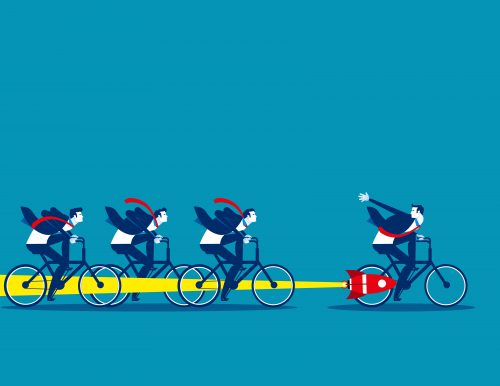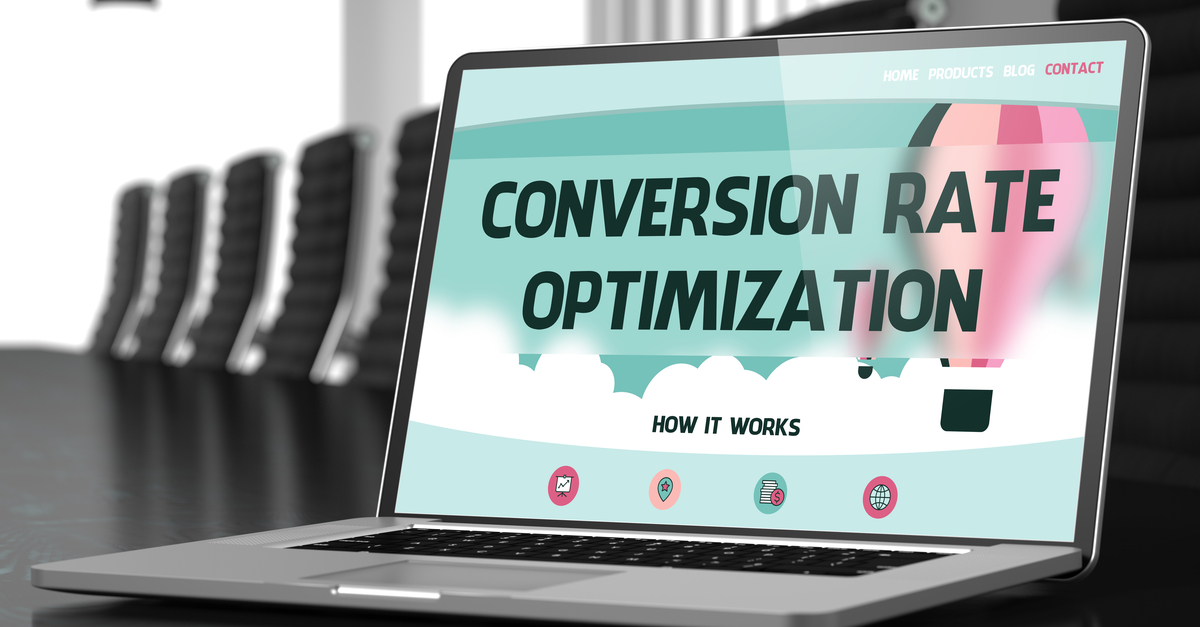Bet you’ve heard “Conversion Rate” in the context of your online store! It is an important metric, something all online business owners want to optimise and pay attention to.
Would you like to understand what this important commonly used term means?
Understanding Conversion Rate

A conversion is the completion of any desired action by a visitor on the website.
Although the most obvious and important one is that a visitor to your site ‘converts’ to a paying customer as soon as they actually buy, there could be other conversions too. Depending on the goals you have defined or simply the actions you want site visitors to take; a conversion could be signing up for a newsletter or downloading a guide or even joining your mailing list.
How Do You Measure Conversion Rate?
It is the percentage of visitors to your website who purchased something (or performed a desired activity) from your online store in a given period of time. For example, if you had 1000 visitors to your store this month and 15 of them completed the transaction, your conversion rate this month would be 1.5%
An ecommerce Conversion Rate is therefore a representation of how successfully the brand has been able to transform traffic to revenue and/or win customer trust.
Conversion Rates Vary Across Industries

Interestingly; Conversion Rates vary across industries. For instance, industries like travel/tourism have lower than average conversion rates as people typically browse online and compare more widely before actually making a transaction. In case of the furniture industry customers often prefer to have a physical look and feel of the item (say a bed or a sofa) before making a payment, although they made their choice for the product online.
Industries like food and beverage on the other hand, often see a higher Conversion Rate as people have more defined choices and are more or less sure about what they want to eat/ drink and hence would not be typically spending too much time/effort browsing many sites before placing an order.
Understandable, isn’t it?
From data collected worldwide, it is known that the average ecommerce Conversion Rates across sectors are between 1-2%; typically higher in the more mature markets where people are more comfortable and secure shopping online.
Despite its importance, one needs to understand that Conversion Rate is a ratio and sometimes a higher conversion rate might not necessarily mean higher revenue and better performance – it might mean you have fewer visitors!
Programmes like Google Analytics that measure conversions also provide a variety of data like how visitors found your website (keyword searches in google, referral websites or direct visits), how long they stay at the site, where they are from, new or returning etc. Such data can help in understanding the customer better and removing any obstacles in the path to conversion.
Now Optimize Your Conversion Rate

Obviously a high Conversion Rate demonstrates that the website has been successfully convincing visitors to become customers. And a low rate indicates that there is room for improvement.
So the process of improving the shopping experience on the site in order to increase sales is known as Conversion Rate Optimization.
The first step would be to understand what the visitors to your site are doing, where they are getting stuck and how they are interacting with your website.
Also Read: Here are the Top 5 Ways To Increase Conversions Without Spending Any Money
Of course spending the money towards advertising, getting more people to visit, offering incentives to buy, well planned pop-up or strategic banner before checkout to encourage impulse purchases, are equally very effective strategies that should be applied with good judgement too. The only thing that ultimately matters is sale!
Create a Conversion Rate Optimization strategic plan for your business. Set yourself a Conversion Rate goal of over 2% for your online store and decide which strategies you will use and when. Implement your plan and keep an eye on the data that measures conversions on your store. Watch your revenue and business grow.
No matter how heavy the traffic at your website, you do not reap any benefits of footfall unless visitors “convert” to customers or subscribers (or whatever your desired goal, remember?)
Therefore Conversion Rate is one of the most important metrics that every ecommerce firm must look out for when building and growing the business.
Keep your Conversion Rate in sight!


